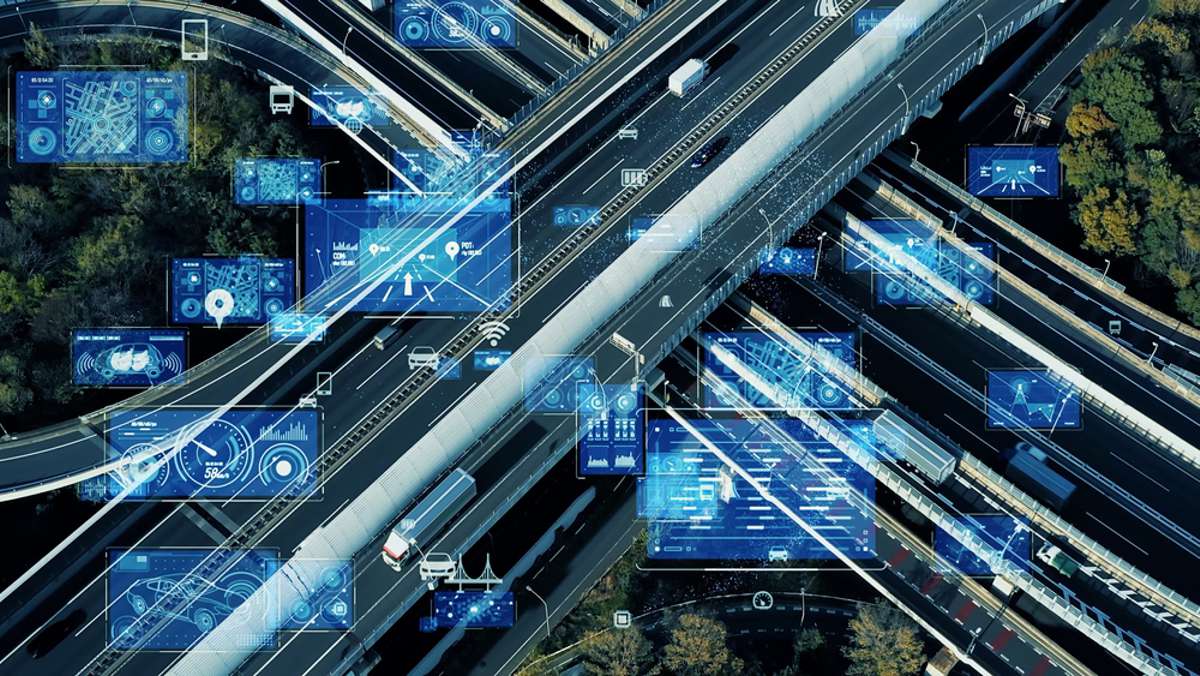Telematics and Connected Technologies can optimise Fleet Operations
Fleet downtime can have a huge impact on transport operators, causing delays which can result in dissatisfied passengers.
Optimisation of fleet operations can help businesses perform at the optimal level. The Internet of Things (IoT), telematics, and vehicle tracking present many opportunities for operators to improve their fleet operations.
They open the doors to advanced fleet monitoring and real-time reporting to provide smart insights into key areas of fleet operations: route planning and scheduling, workforce management, and vehicle maintenance.
Read on to find out how implementing these new technologies can keep fleet operations running efficiently.

What is telematics?
Telematics involves the tracking, monitoring, and connectivity of vehicles through telecommunications networks. It transmits information to and from assets at a distance, such as between a train on the tracks and the stations.
According to a recent report by Acumen Research and Consulting, the global commercial telematics market is projected to reach a market value of over £84.39 billion by 2027.
How can telematics optimise fleet operations?
Telematics can improve equipment performance, location, and maintenance across industry-wide operations. It can equip fleet operators with remote monitoring capabilities through real-time visibility into asset status, location, and activities.
Here are some of the ways telematics can help optimise fleet operations.
Route planning and scheduling
Inefficient route planning and scheduling can create major issues such as hindering the timely delivery of goods, and longer travel times decrease the number of trips a fleet can handle.
By optimising route scheduling, the most efficient routes can be planned. Vehicle tracking has moved far beyond GPS and allows for smart route planning through telematics. Rail connectivity also enables responsiveness in terms of planning and route rescheduling through the collection of real-time data.
Workforce management
Workforce management can be exhausting, time consuming, and cost ineffective. According to
According to a study by L. Oliveira et.al., the ability to access real-time journey information such as the estimated time of arrival (ETA) and alternative travel routes in the event of disruptions was ranked as the second most valued technological innovation that improves the railway passenger experience.

Vehicle maintenance
Telematics technology can help companies optimise their preventative maintenance by tracking mileage, fuel consumption, and energy use. Through automatic reminders, they can schedule maintenance and detect failures.
With telematics, you can do much more than scheduling maintenance, including:
- Scheduling technicians in advance, thus reducing downtime and avoiding higher costs.
- Set up automatic alerts about faults that can affect other elements.
- Set up fault codes to avoid accidents due to drivers’ failure to report them.
- Identify failure trends in vehicles of the same model.
- Gain insight into the technician’s work efficiency and optimise your workforce.
It’s critical to optimise your fleet operations to ensure the smooth running of your business. This will not only save you costs and improve efficiency but will also result in a better customer experience and loyalty.



















